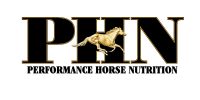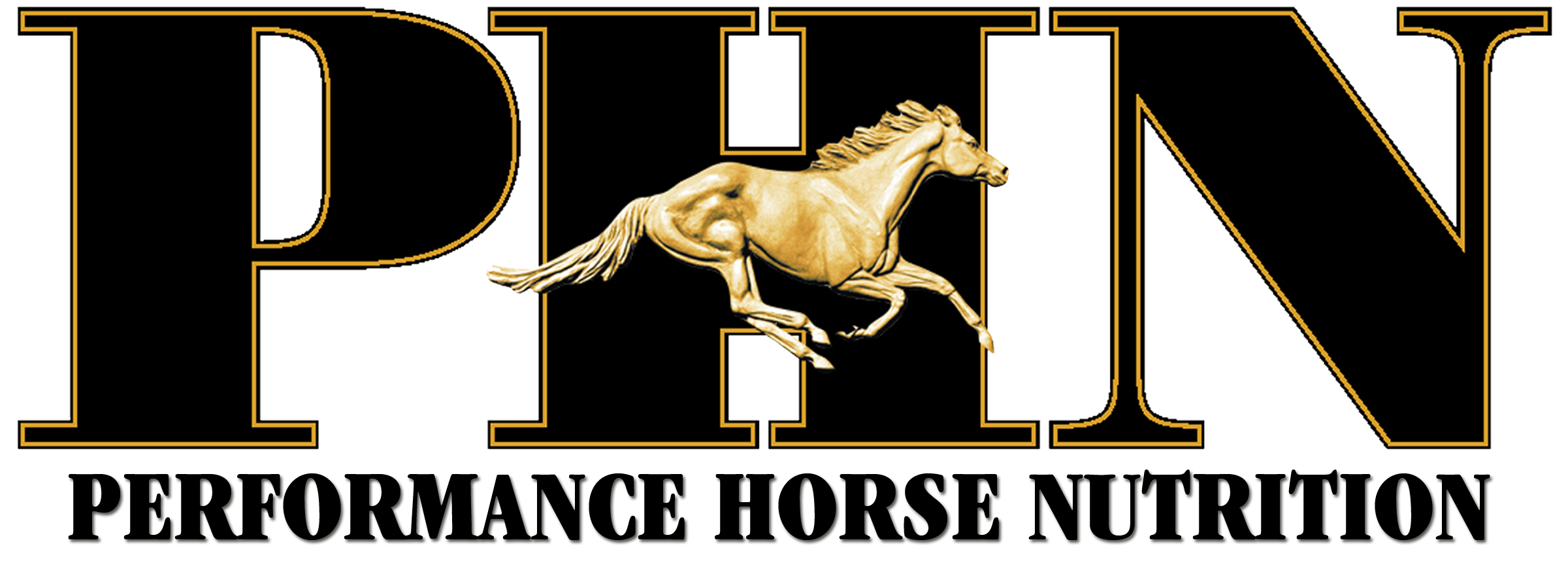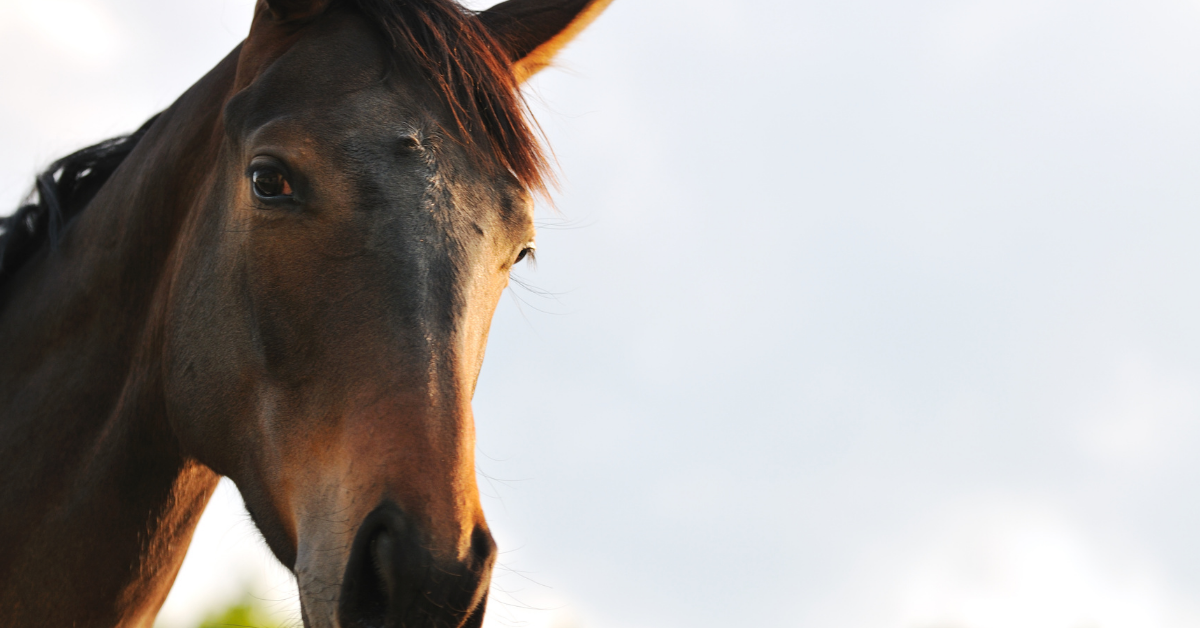RESEARCH
EQUINE ANHIDROSIS
2021

Written by Performance Horse Nutrition
Equine anhidrosis, dry coat, and nonsweating are all terms used to describe the disease in horses characterized by the inability to sweat effectively in response to appropriate stimuli. The disease commonly occurs in areas with hot, humid climates. Horses with normal thermoregulatory abilities are able to reduce their body temperature to within normal limits in approximately 30 minutes after exercise, and the inability to cool out to normal temperatures within this time is indicative that a horse may be suffering from anhidrosis. The predominant sign of impending anhidrosis is usually rapid breathing. Affected horses will have increased respiratory rates at rest, while body temperature and pulse rate are variably increased when compared with those of control horses under identical conditions. Horses showing evidence of respiratory distress will have respiratory rates between 60 and 120 breaths per minute. Partially anhidrotic horses will breathe rapidly for extended periods of time after being overheated. Horses with acute onset anhidrosis may demonstrate a partial or complete absence of sweating when exposed to hot weather or exercise. A decrease in the rate of sweating also indicates the possibility of anhidrosis. The sweating rate will, however, depend on the intensity of exercise, duration of exercise, and ambient temperature. Horses with long-standing anhidrosis may reveal dry, flaky skin, hair loss, lethargy, anorexia, and a decreased water intake. Areas on the body that may retain the ability to sweat include those under the mane, in the saddle and halter areas, and in the perineal regions.
Treating Anhidrosis
Because there are no known proven treatments for anhidrosis, all of the therapies described for this condition are anecdotal. Treatment of anhidrosis can be categorized into management changes or medical therapy. A combination of both categories is usually necessary for any success in the management of this condition.
Management Changes
The most reliable treatment for anhidrosis is environmental control. This involves management changes directed at removing anhidrotic horses from hot, humid climates and moving them to a cooler, drier environment. Ten to 30 days in such an environment for affected horses has been reported to relieve the signs. In lieu of moving the affected animal, other management changes that are directed to providing a cooler environment may be of some benefit. These changes may include placing the animal in an air-conditioned stall. The use of misting fans and cooling the roof of the barn by running water on it will help maintain a cooler environment. Exercising the horse during the coolest part of the day is another adjustment that will help manage the disease.
Electrolyte Supplementation
Horses with anhidrosis have reported serum electrolyte values within normal limits. However, hypokalemia is often suspected in the etiology of anhidrosis. Some practitioners report some success in supplementing with 60 g of KCl or lite salt in the feed.
Dietary Supplements
A nutritional feed supplement that contains L-tyrosine, ascorbic acid, niacin, and cobalt is commercially available (One AC, MPCo. , Phoenix, AZ). Tyrosine is potentially involved in the resensitization of sequestered b2-receptors, and is a precursor for the formation of dopamine and thus catecholamines. However, plasma tyrosine levels are not decreased in anhidrotic horses. Anecdotal reports among practitioners indicate a success rate of 30–80% using One AC, with the best results seen in moderately affected horses and by placing previously affected animals on the product prior to the beginning of the anhidrotic season. Best results are reported if strenuous training or work is reduced for approximately 3 weeks when started on the supplement. It should be noted that a lessening of the intensity of training or work alone has been reported to relieve the clinical signs of anhidrosis.
Drug Therapy
Using drugs such as methyl dopa to decrease sympathetic drive has been used by some practitioners with reported success. Despite anecdotal reports of success there are no controlled studies of the efficiency of this agent in anhidrotic horses.
Thyroid Supplementation
Administering iodinated casein orally at 10–15 g per day for 4 to 8 days has been reported to be beneficial in the literature. Practitioners have reported success supplementing with levo-thyroxine (THYRO-L, Vetamix, Shenandoah, IA) at a dose of 0.5–3.0 mg per 100 lb once a day. Care should be taken when treating a horse with levo-thyroxine supplementation, as the resultant increased metabolic rate could be harmful with the completely anhidrotic horse overheating when exercised in extremely hot and humid weather.
Clenbuterol
There have been anecdotal reports that clenbuterol is effective in causing sweating in some anhidrotic horses. The authors do not recommend the use of clenbuterol, as a prior report indicates that stimulation of the sweat glands of anhidrotic horses with an exogenous b2-agonist results in enhanced prolonged desensitization.
Alternative Therapies
There have been anecdotal reports of return to sweating following acupuncture. This response has been reported to last from a few days to several weeks. Lay persons have reported success by feeding dark beer daily.
Hubert, J.D., R.E. Beadle, G.N. Norwood., 2002. Equine Anhidrosis. The Veterinary Clinics: Equine Practice. 18: 355- 369.

